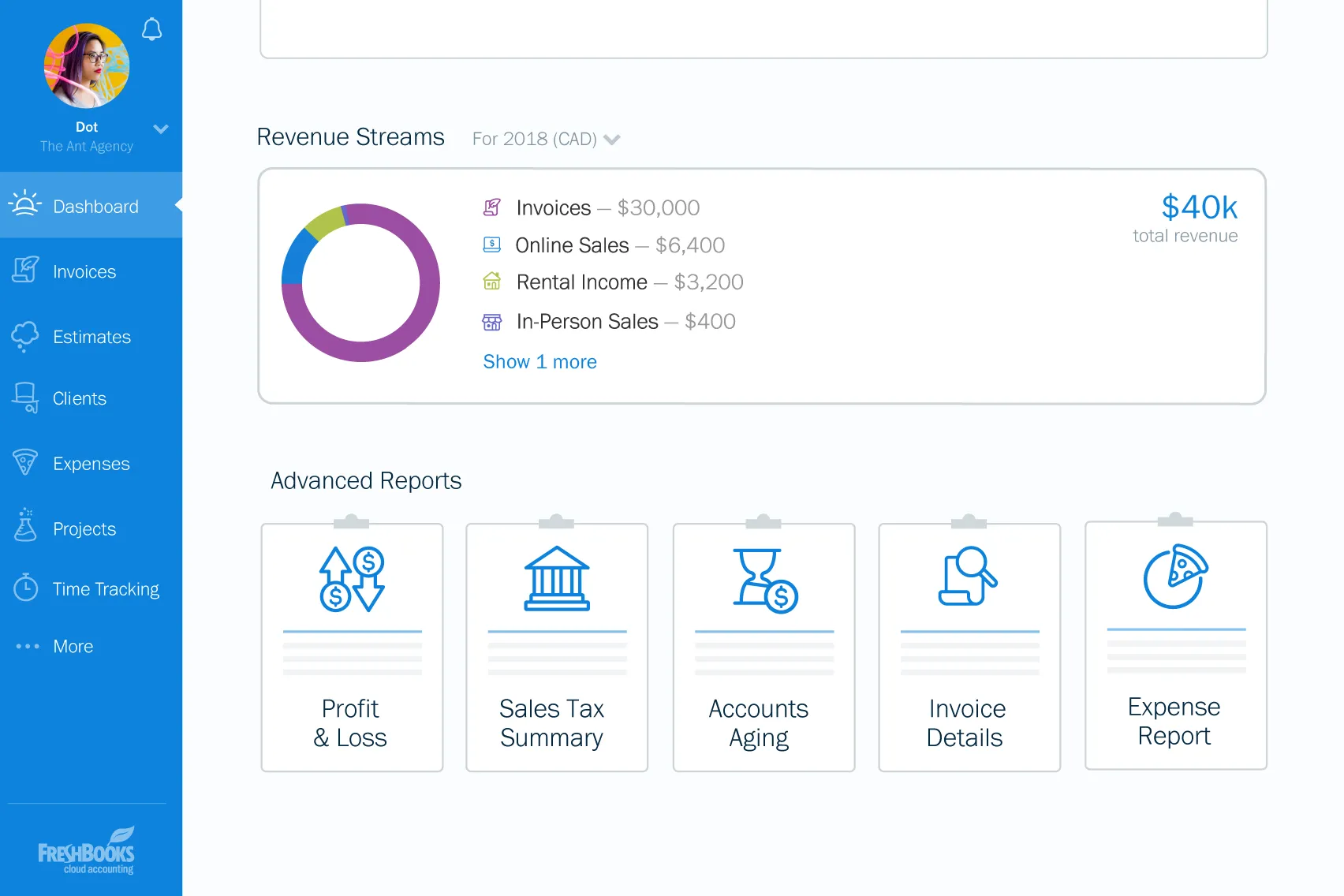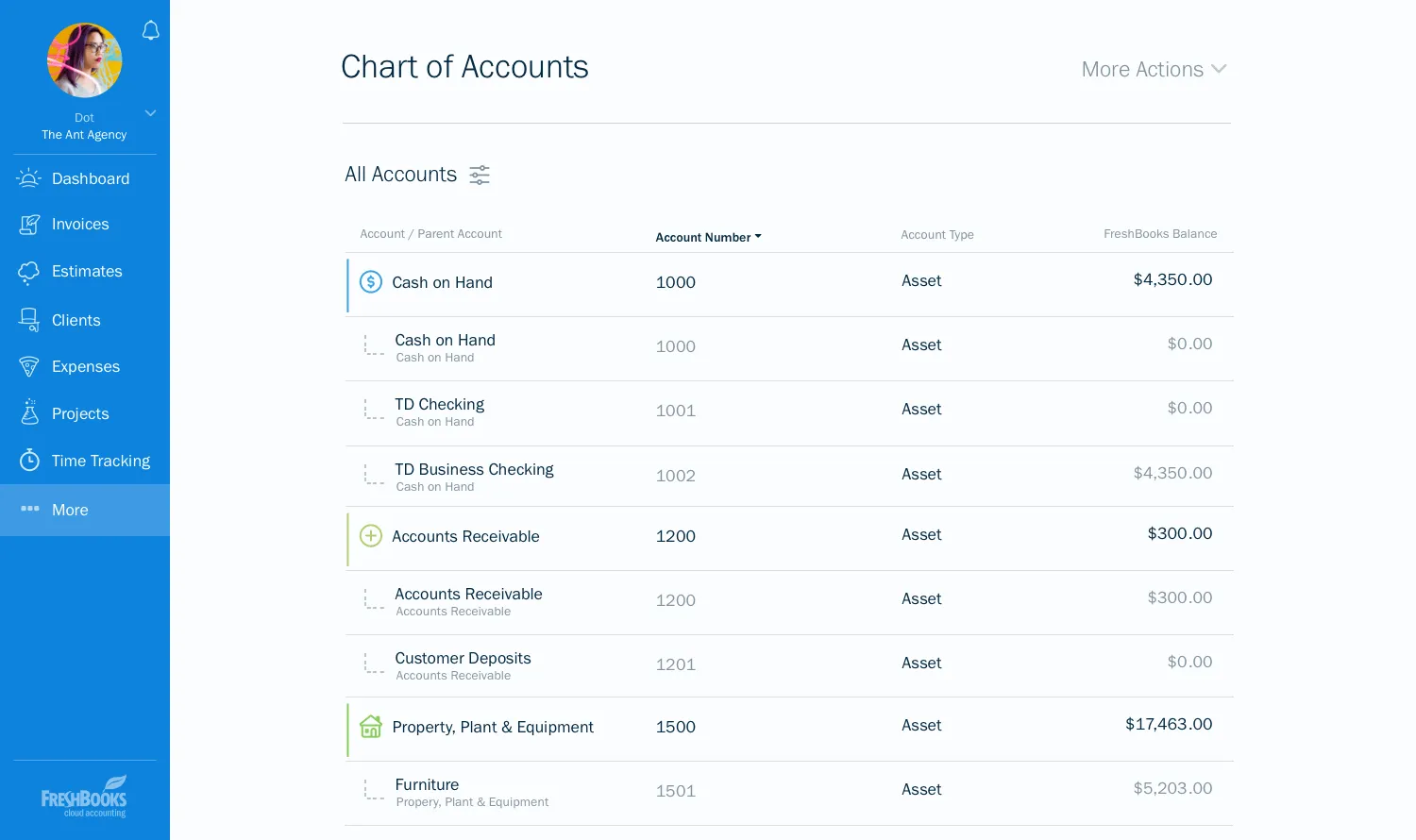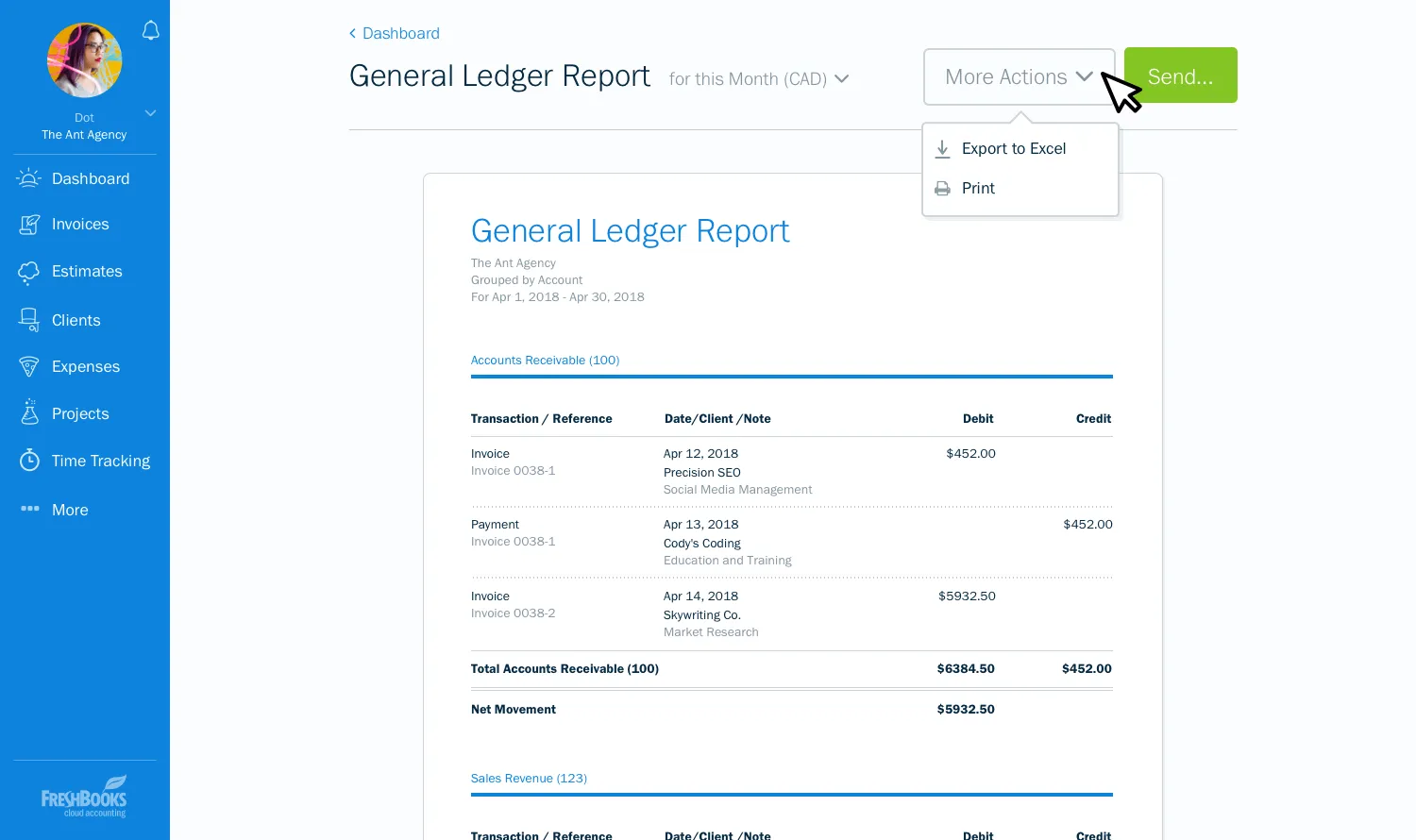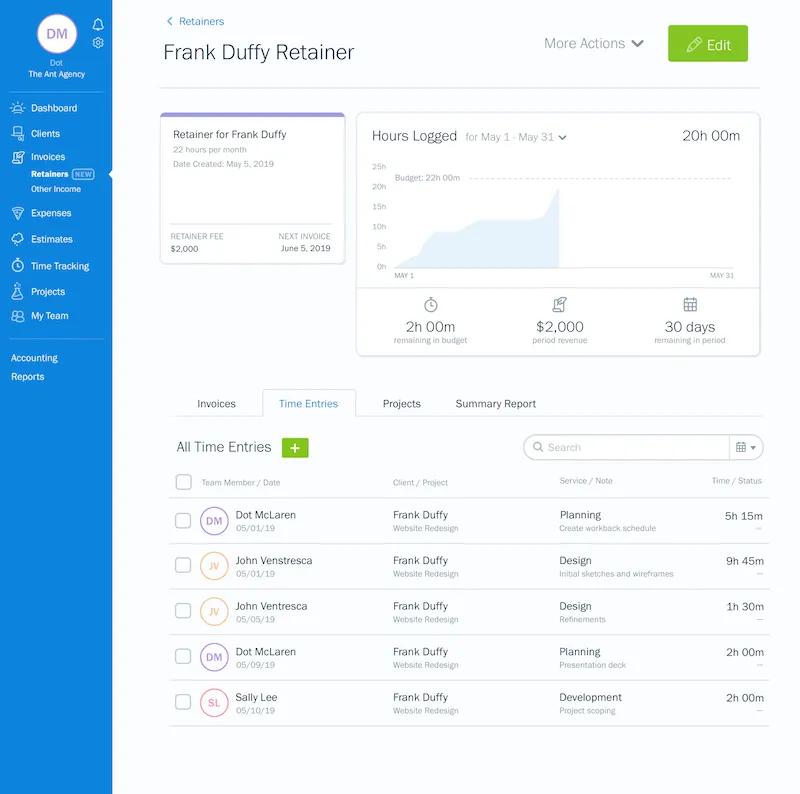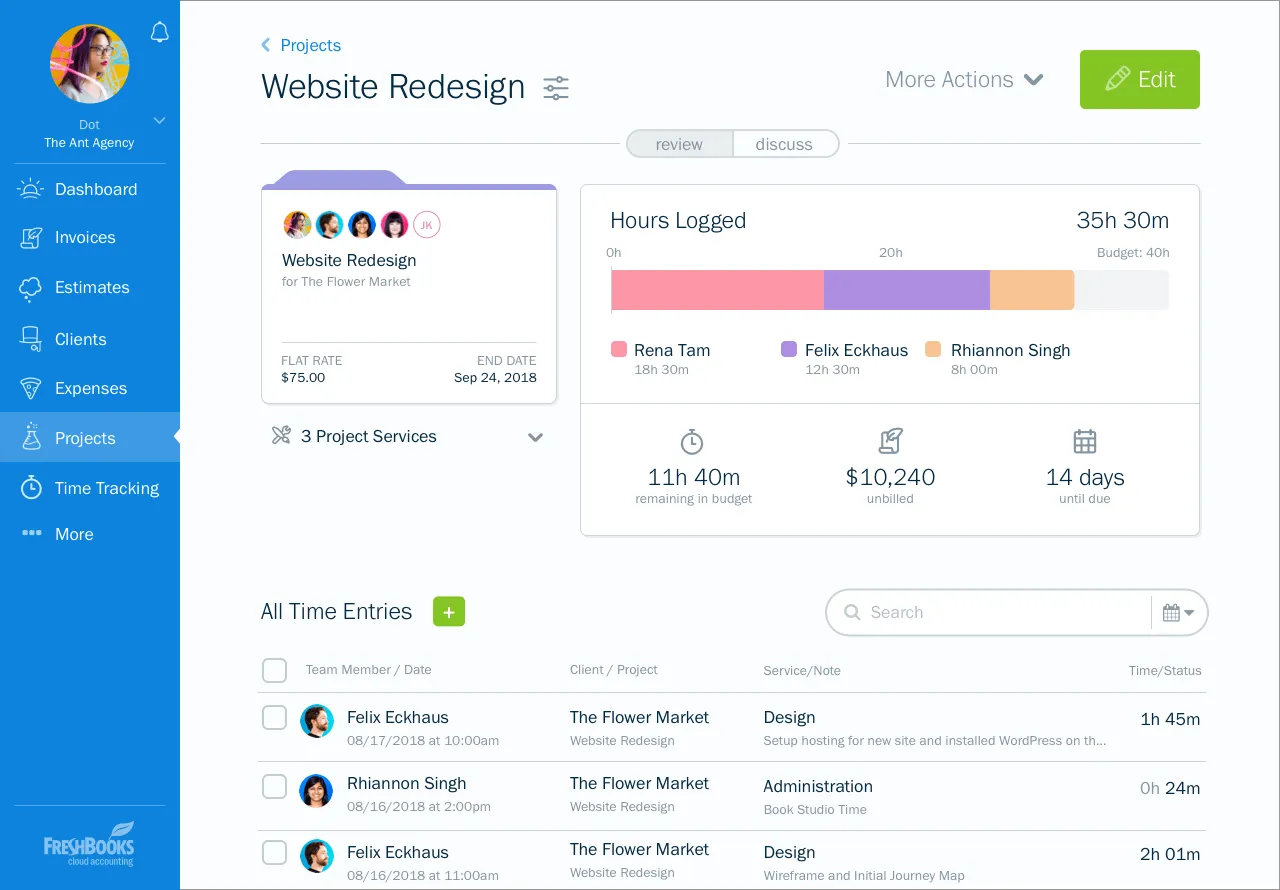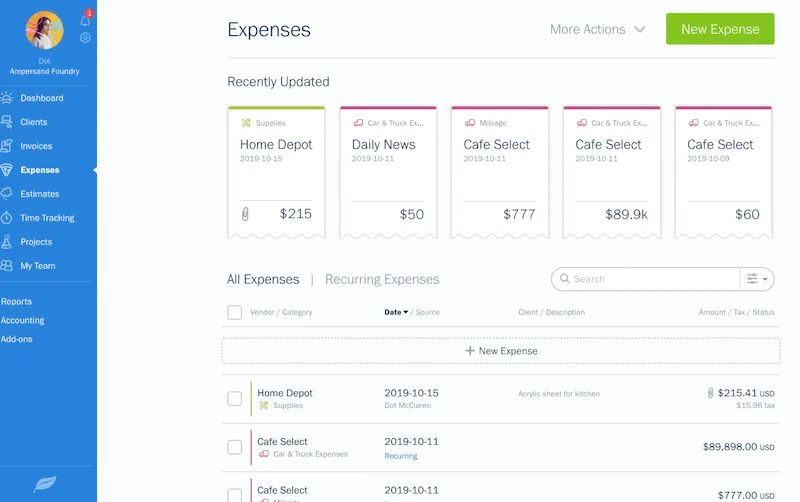Cafe Insurance Guide: 3 Things All Cafe Owners Need To Know
#1. What is cafe insurance?

Cafe insurance is a type of F&B insurance designed for the unique risks that cafes face. As a cafe owner, you need to make sure you’re protected against major risks like food/drinks poisoning, public liability, fire, employee injuries or Covid-19 infections, and more.
Provide offers online quotes for cafe insurance, which covers all the major risks cafe owners need to protect against.
#2. What types of insurance do cafes need?
Here’s a brief summary of the types of insurance your average cafe will require:
| Coverage | Importance for cafes | Brief explanation | Typical cafe insurance cost (package deal) | Typical cafe insurance cost (individual cover) |
| Public liability with food poisoning | Critical | Pays for legal liability from food poisoning and customer injuries |
$200-$500/year, as part of a package deal. | From $150/year |
| Property all risks | Critical | Pays for property damage from fire, water damage, etc. | From $100/year | |
| Work injury compensation | Critical | Pays for staff injuries/sickness, including Covid-19 infections | From $100/year | |
| Business interruption | Good to have | Pays for periods when your business cannot operate – e.g. if NEA shuts your cafe down | From $100/year | |
| Fidelity guarantee | Good to have | Pays for money stolen by employees | From $100/year |
Here’s an in-depth explanation of the details for cafe insurance:
1. Public liability insurance, with food poisoning liability extension

Public liability insurance will cover two major liability risks for cafes:
- Food/drinks poisoning
- Customer injuries (e.g. slips and falls)
This type of insurance will pay for medical expenses if people get sick or injured while patronising your cafe. It also pays for legal fees, and damages awarded, if customers sue you for injuries or sickness that your business caused them.
Example: A group of customers order drinks and snacks at your cafe. A day later, you get a call from a member of the group, claiming that they suffered severe diarrhoea and vomiting after patronising your cafe.
2. Property all risks insurance

This protects your cafe from common and major risks like:
- Fire and explosions
- Water damage
- Furniture damage
- Inventory damage
- Burglary
- Vandalism
If you serve cooked food, there is a real risk of kitchen fires breaking out and destroying your premises.
Example: One of your oven catches fire. The fire spreads to the rest of your cafe and destroys the premises. All the renovations are destroyed, the equipment is destroyed, and your food/drink inventory is completely unusable. This type of insurance will pay for the property damage caused, equipment replacement, and will replace the destroyed inventory.
3. Work injury compensation insurance (with Covid-19 coverage)

Now that Phase 2 of the government’s re-opening plan is in full swing, cafes can now entertain dine-in clients. This means that cafe employees will be coming into close and extended contact with large numbers of the public. Given the highly infectious nature of Covid-19, this presents a serious infection risk to cafe employees.
Under the Work Injury Compensation Act (WICA), business owners must pay for:
- Medical expenses of employees for work-related injuries/sickness
- Lost wages of employees while hospitalised/on medical leave
For patients infected with Covid-19, the government has already declared that hospitalisation charges will be waived for Singaporeans/PRs. However, business owners are still legally liable to pay the lost wages of employees while they’re hospitalised or in quarantine! Remember that hospitalised Covid-19 patients can be warded for up to 2 months (or more!). As a cafe owner, can you imagine how costly it would be to pay 2 months’ worth of salary for a worker in the hospital?
This is where Work Injury Compensation Insurance (WICA insurance) steps in. Work injury insurance will protect your employees from work-related injuries/sickness, including Covid-19 infections.
This pays for:
- Medical expenses like hospitalisation and surgery charges
- Lost wages while on medical leave
- Lawyer’s fees if your employees sue you for injuries/sickness
Work injury insurance also happens to be highly affordable:
| Worker Category | Typical Premium | Typical Coverage |
| Cashier | From $7/month, per worker | $10-15 million annual limit per company
|
| Waiter | From $7/month, per worker | |
| Cook / Kitchen Assistant | From $20/month, per worker |
Example 1: One of your staff gets infected with Covid-19, and spreads it to all your other employees. Your cafe manager ends up being hospitalised for one month. The manager’s monthly wage is $5,000. Because this is a work-related infection, you are now legally responsible for paying your manager’s lost salary. If you have Work Injury insurance, it will cover your managers’ lost wages.
Example 2: While mopping the floor, one of your staff slips and falls, breaking their arm. They require surgery to fix a steel plate in their arm. The hospital bill is $10,000. Because this is a work-related injury, you as the cafe owner are now liable for this $10,000 medical expense for your employee. Work injury insurance will pay for the medical bills, as well as lost wages while your staff is on medical leave.
4. Business interruption insurance

This type of insurance compensates you if your business has to shut down due to unforeseen circumstances. It pays you a daily cash benefit for every day that your business cannot operate.
Some scenarios where business interruption insurance covers business shutdowns:
- Fire and explosions damage your premises
- NEA shuts your business down to customer hygiene complaints
- Supplier is unable to deliver your goods, due to damage to their warehouse
Example: Several customers get sick after drinking and eating at your cafe. They file a complaint to NEA (National Environmental Agency). NEA officers inspect your cafe, and find that there were hygiene lapses. Your cafe is ordered to shut for 1 week for a thorough cleaning and staff hygiene re-training. This insurance will pay a daily cash benefit for the 1 week that your cafe cannot operate.
5. Fidelity guarantee insurance

If you allow employees to manage the cash register, or handle cash payments from customers, there is a real risk of employees stealing from you. Cafe owners should consider having Fidelity Guarantee coverage to protect against dishonest staff members.
A Fidelity Guarantee policy pays for:
- Cash/cheques that are stolen by employees
Example: You assign an employee, Robert, to man your cash register. For two days in a row, you come up short $500. After reviewing the CCTV footage, you discover that Robert has stolen the money. He refuses to return the stolen money. A Fidelity Guarantee policy will pay for the $500 that was stolen from you.
Note: Fidelity guarantee insurance is common not just for cafes, but for F&B and retail businesses in general. If you’re not handling the cash yourself at all times, make sure you have Fidelity Guarantee coverage. Unless you’re running multiple cafes, you won’t need a lot of coverage – even a policy with a small limit (e.g. a couple thousand dollars of coverage) will be good to protect you from employees out to cheat you.
#2. Cafe insurance discounts – tips and tricks
CCTVs – Having CCTVs in your cafes can attract lower prices from insurers
Fire extinguishers, sprinkler systems – Having fire extinguishers and sprinklers can result in lower prices for property insurance
“Regulatory authority” shutdown coverage – This refers to coverage that activates if a regulatory authority shuts your business down. In the event of such a shutdown, you would receive a daily cash payout (typically around $200, depending on the plan you select) for every day that your business cannot operate. For cafes, the regulatory authority most likely to step in to enforce a shutdown would be NEA (National Environmental Agency).
For most cafe owners, this type of business interruption coverage is important. However, if you’re bent on saving as much as possible, you can choose to forgo this coverage (though it’s not recommended to do so). Choosing a policy without this coverage will result in a premium that’s slightly cheaper.
#3. How much does cafe insurance cost?
With Provide, cafe owners can get a comprehensive package of insurance starting from just $200/year – i.e. a little over $15/month. That’s the same price as a Netflix subscription! Considering the significant amount of protection you get, that’s a really good deal.
| Cover | Coverage Amount | Typical Premium (package deal) | Typical Premium (individual covers) |
| Public liability with food poisoning extension | $100,000 |
$200-$500/year | $150/year |
| Property | $100,000 | $100/year | |
| Work injury | $10 million per company | $80/year for front-of-house, per worker $200/year for back-of-house, per worker | |
| Business interruption | $20,000 | $100/year | |
| Fidelity guarantee | $5,000 | $100/year |
Recommendation for new cafes: If you’re starting a new cafe, it’s highly recommended to get a cafe insurance package. A package basically combines the most important types of cafe insurance into a single deal. As you can imagine, package deals are always cheaper than buying each type of cover individually. You can think of it as a set meal versus a-la-carte; the former is always going to be cheaper than the latter.
Recommendation for cafes with existing insurance policies: If you have an existing cafe policy and are looking to save money, the best option is to switch insurers. A good insurance broker will be able to get you the same level of cover, but at a lower price.
Provide’s special renewal program guarantees you at least a 10% discount, with same or better coverage than your existing policy. Provide has helped countless cafe owners in their insurance needs. Contact us today to save on your insurance immediately.
#3. Cafes with live entertainment need extra coverage
Live entertainment: Most cafe owners don’t know this, but if you buy a policy that doesn’t specifically cover live entertainment, even having one “music night” with a band could void your entire policy. If you plan on staging live entertainment like having bands or comedians, you’ll need to select a policy that specifically covers these risks. Provide’s platform makes it easy for you to cover these risks online, quickly and affordably.
Where to get cafe insurance?
Get an instant quote
Provide is the best place to get online cafe insurance quotes.
With Provide, cafe owners can get a comprehensive package of insurance starting from just $500/year – i.e. a little over $40/month. That’s probably less than what you’ll spend on groceries in a week! Considering the significant amount of protection you get, that’s a really good deal.
When you use Provide, you’ll save up to 25% on your insurance premiums. Our online operating model creates lower overheads, so we pass every dollar saved back to you. At Provide, we take pride in understanding the unique risks that each industry and business faces, so we can recommend the best solutions to protect you from such risks.








